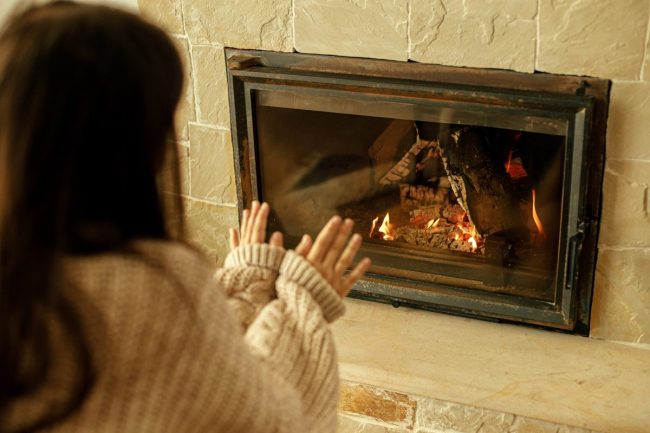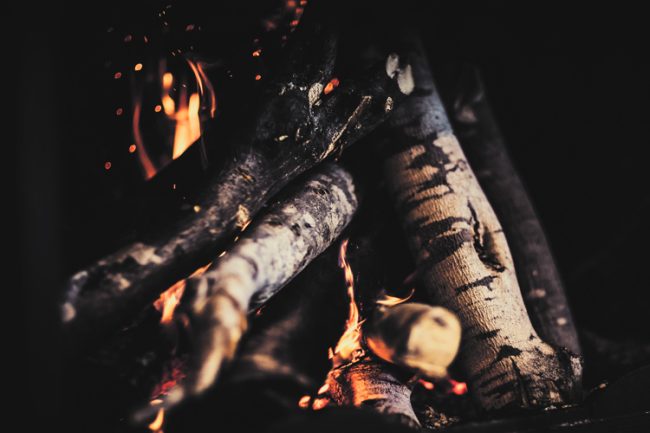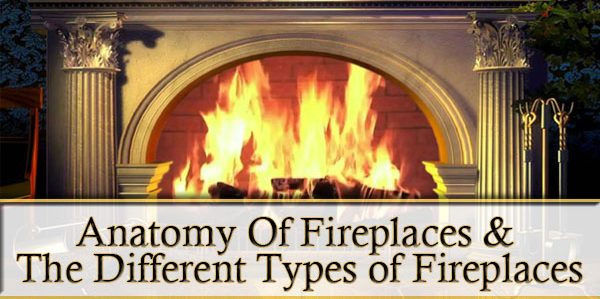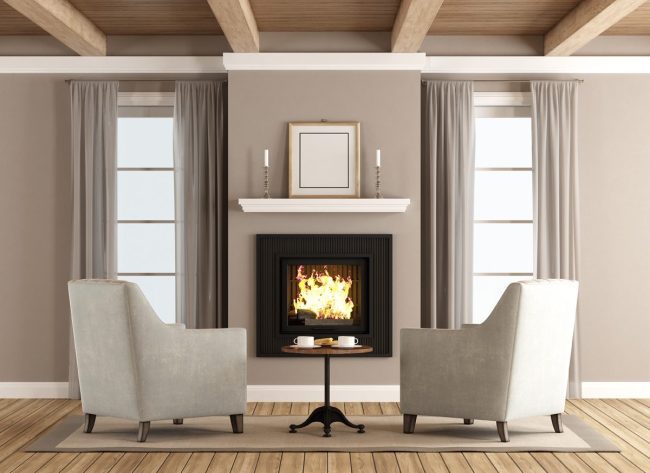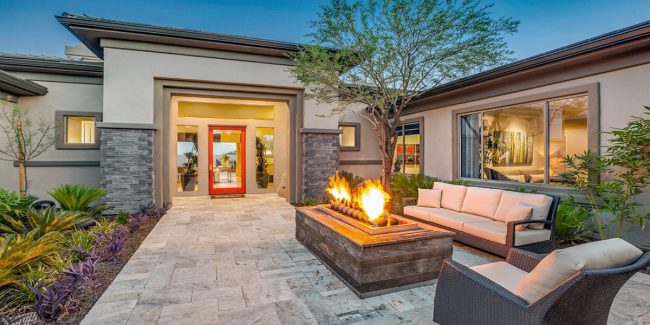Electric Fireplace Not Working: Causes & Solutions
Here are five common reasons why your electric fireplace is not working at all. 1. Check The Power/Fuel Supply The first thing to check when your fireplace fails to turn on is the power source. Electric fireplaces utilize a steady electricity supply, while gas fireplaces need an adequate supply of gas. Make sure the power…

